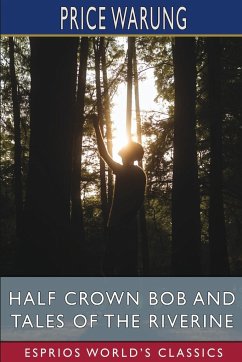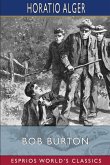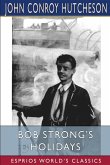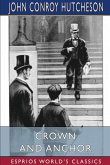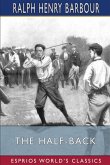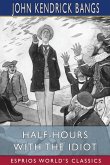William Astley (1855-1911), was an Australian short story writer who wrote under the pseudonym Price Warung. Astley was an excellent journalist and short story writer. He had made a study of early Australian history and took great care with his stories. There is a degree of starkness about his work, but his tales are full of human nature and human pity. He was connected with the Echuca Riverine Herald and other Victorian journals, the Launceston Daily Telegraph, the Tumut Independent and the Bathurst Free Press. He was secretary of the Bathurst Federal League, which did useful work for federation. He had regular correspondence with Sir Henry Parkes, Edmund Barton and George Black.

